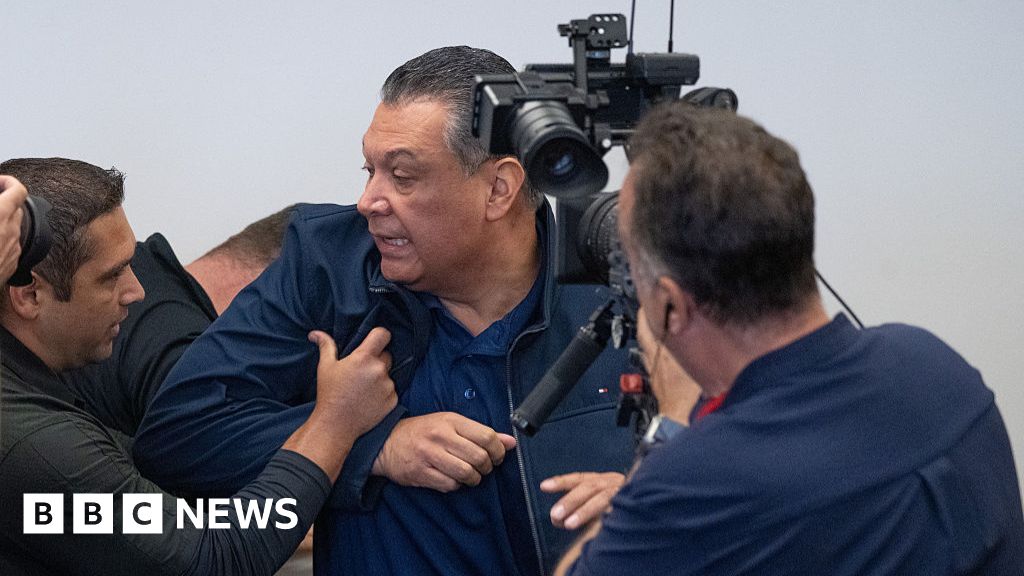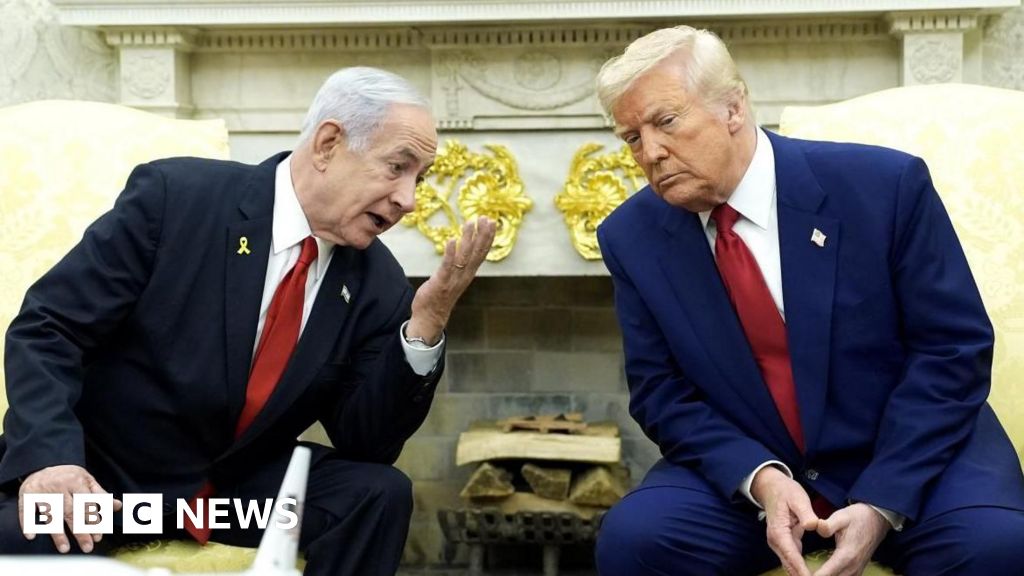New China Trade ‘Deal’ Takes U.S. Back to Where It Started


If a handshake agreement holds, it will merely undo some of the damage from the trade war that President Trump started. After two days of tense negotiations, the United States and China appear to have walked back from the brink of a devastating economic conflict — maybe. Officials from the two countries reached a handshake agreement in the early hours of Wednesday in London to remove some of the harmful measures they had used to target each other’s economies as part of a clash that rapidly intensified in recent months. It remains unclear whether the truce will hold — or crumble like one struck in May did. Even if the agreement does prove durable, its big accomplishment appears to be merely returning the countries to a status quo from several months ago, before President Trump provoked tensions with China in early April by ramping up tariffs on goods it produces. “It seems like we’re negotiating in circles,” said Myron Brilliant, a senior counselor at DGA-Albright Stonebridge Group and former executive vice president of the U.S. Chamber of Commerce. “You escalate, you de-escalate,” he added. “At the end of the day we’re not really further along.” As a result of this week’s negotiations, tariffs will stay where they are. Further details are scant, other than the likely rollback of aggressive policies the two countries adopted since May. China is expected to loosen restrictions on exports of minerals that had threatened to cripple an array of American manufacturers. The United States will in return relax new limits that it placed on its own exports of technology and products, as well as walk back threats to cancel visas for Chinese students in the United States. The countries did not announce progress on other trade issues. Those matters would be left for future discussions, American officials said. For many analysts, the London meetings raised questions about what exactly had been gained by Mr. Trump’s aggressive trade tactics against China over the past few months, or whether his actions had ultimately backfired. “What exactly are we getting that we weren’t already getting before?” asked Veronique de Rugy, a senior research fellow with the Mercatus Center, a libertarian think tank. “This deal suggests there was never a real plan.” Trump administration officials have argued that the United States came out on top from the recent escalations, saying the punitive measures they issued in response to China’s curbs on rare earth exports show that the country has plenty of its own firepower. In recent weeks, the United States limited access to a range of software, products, chemicals and technologies, including critical elements that China uses to develop advanced chips and jet engines. The administration has also pointed to the strength of the U.S. economy and limited inflation to argue that even very high tariffs on Chinese imports have had few negative effects. Other forecasters have not been so sanguine. In a report this week, the World Bank said U.S. tariffs would set the stage for the weakest decade of global growth since the 1960s. Mr. Trump proclaimed on social media Wednesday morning that “our deal with China is done” and that the “relationship is excellent,” though he acknowledged that the agreement was still subject to final approval by himself and his counterpart, Xi Jinping. “Full magnets, and any necessary rare earths, will be supplied, up front, by China,” he wrote, in all capital letters. “Likewise, we will provide to China what was agreed to, including Chinese students using our colleges and universities (which has always been good with me!).” The discussions in London played out over two long days and nights and repeatedly became heated, according to two people with knowledge of the meetings. At various moments, the talks seemed as if they might fall apart, they added — a sign of the lack of trust between the two governments. Howard Lutnick, the secretary of commerce, who took part in the negotiations, said the president’s fundamental goal toward China was to “reduce the trade deficit and increase trade.” “But first we had to get, sort of, the negativity out,” he said as the talks concluded. “Now we can go forward to try to do positive trade, growing trade, and beneficial to both China and to the United States.” Liu Pengyu, a spokesman for the Chinese Embassy in Washington, said on Wednesday that the essence of relations between the two countries lay in mutual benefit and cooperation. “There are no winners in trade wars,” he added. “China does not seek conflict but will not be intimidated by one.” Analysts and experts argued that the events of recent weeks showed that the Trump administration had overplayed its hand against China. The United States has an almost immediate, economywide need for the rare earth minerals and magnets that China produces. Chinese restrictions on these exports forced carmakers and other industries to lobby the White House for relief, and eventually threatened to deplete inventories of U.S. military hardware. The restrictions that the United States put on China in return would undoubtedly prove painful for the Chinese economy, too. But some analysts emphasized that those would also inflict pain on the United States. Philip Luck, a director in the economics program at the Center for Strategic and International Studies, a Washington think tank, wrote in a recent analysis that U.S. restrictions on ethane exports destined for China had particularly backfired. They forced, for example, major American energy companies to halt billions of dollars in planned exports. With ethane cut off, Chinese plants could simply burn other fuels they can obtain elsewhere — which cost more but would prevent any interruptions. “These controls fail to clear even the lowest bar for an economic weapon,” Mr. Luck wrote. “Beyond hurting U.S. producers more than their Chinese counterparts, they undermine the administration’s own energy dominance agenda and signal to allies that the United States cannot be trusted even in supposedly apolitical commodity markets.” Ilaria Mazzocco, a senior fellow at Center for Strategic and International Studies, said tariff threats and other policies had been guided by a theory in Washington that “China would buckle under pressure very quickly,” in part because its export-driven economy has been showing signs of weakness. “I think what China proved is that actually it’s in a pretty strong position and it can bear a lot of pain, and perhaps actually more pain than the United States,” she added. She also said China had demonstrated its ability to use export controls to inflict pain on the United States in a way it had never broached before. Jin Canrong, a professor of international studies at the Renmin University in Beijing, wrote in a commentary last week that rare earths were “a trump card in China’s hand.” “Trump should understand that pressure and threats are definitely not the right way to deal with China,” he wrote. Some analysts have also questioned the precedent that the Trump administration set by putting in play U.S. export controls, which are typically considered a matter of national security, rather than economic leverage. Wendy Cutler, the vice president of the Asia Society and a former U.S. trade negotiator, said the United States “appears to have paid a heavy price” for regaining access to Chinese critical minerals and magnets. “These matters have been deliberately kept off the negotiating table for years given U.S. insistence that national-security-related measures are not appropriate for a give-and-take,” she said. “By apparently now reversing this long-held position, the U.S. has opened the door for China that will be difficult to close.” She added that China might now insist on two-way concessions on export controls in the future. “The London framework may signify an important turning point in U.S.-China economic relations,” she said.
What's Your Reaction?
 Like
0
Like
0
 Dislike
0
Dislike
0
 Love
0
Love
0
 Funny
0
Funny
0
 Angry
0
Angry
0
 Sad
0
Sad
0
 Wow
0
Wow
0







































